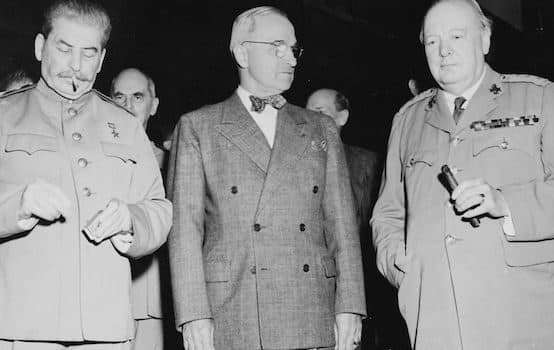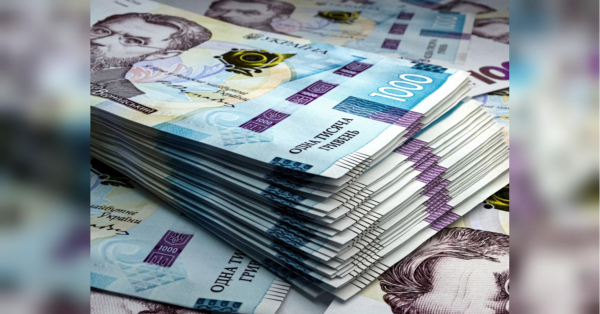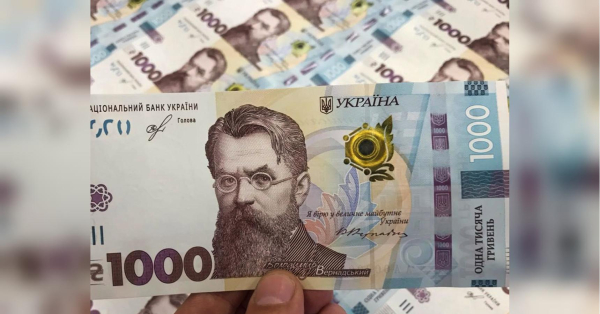
German playwright and poet Friedrich von Schiller once wrote that coincidences are not accidents but spring “from the deepest source of destiny.” In the late winter of 1946, three events occurred that would create in the public’s mind a sense of international crisis, stemming from a new, confrontational relationship between the Soviet world and the West. It was in just a few weeks over February and March of that year that the Cold War, a term first coined by George Orwell in the fall of 1945, came into sharp focus, where it would remain for the better part of 40 years.
In the waning days of World War II, and the weeks and months following the surrender of the Axis powers, Stalin’s Russia began to take a belligerent stance in its dealings with the West. Over issues as varied as the future of Poland, the eastern border of Germany, Iranian oil, and the use of the Turkish straits, Stalin demanded increasing concessions. Diplomacy after the war broke down over Soviet refusal to negotiate seriously. While tensions between the West and the Soviet Union grew, there remained considerable sympathy for Russia due to the losses it had suffered in the war. Within days of the war’s end, a Gallup poll showed that a majority of the American public—54 percent—believed the Soviet Union could be trusted to cooperate with America. That positive view began to fade, initially among government officials, and then gradually the public at large, in the face of rumors of Soviet spying.
The three events that that dramatically shifted opinion in the West towards a Cold War began coincidentally on the same day the Gallup poll had revealed sympathy for the Soviets. On September 5, 1945, Igor Guzenko, a code clerk in the Soviet embassy in Canada, defected, taking 200 pages of sensitive material from the embassy safe. Guzenko enjoyed living in the West and had no desire to return to the Soviet Union. While he didn’t understand the significance of the documents he had taken, Guzenko hoped he could use them to gain asylum. He showed the material without success to Canadian newspapers and the Ministry of Defense. It was only after the Royal Canadian Mounted Police recognized the sensational nature of the material that Guzenko was granted protective custody. The Canadian authorities were shocked at the extent of Soviet espionage activities detailed in the documents, especially the Soviets’ interest in the development of the atomic bomb. Equally shocking, Guzenko’s material revealed that a member of the Canadian Parliament was a Russian spy. Prime Minister Mackenzie King sent this information to the FBI, which had already been involved in unearthing evidence of communist espionage. Guzenko’s documents proved instrumental in exposing the identity of an English physicist, Alan Nunn May, who was working on the development of the atomic bomb. While this information remained unknown to the public, it was widely discussed in top government circles and served to confirm that the Soviet Union posed a serious threat to the West.
On February 3, 1946, the political columnist Drew Pearson revealed the details of Guzenko’s charges on his Sunday night radio program. The story was a sensation— especially its claim that atomic secrets had been given to the Soviets. The information had been leaked to Pearson, likely by FBI Director J. Edgar Hoover.
While this news was being digested, Stalin gave a speech on February 9. It was a savage repudiation of cooperation with the West. The stage was now set for a major transformation in international relations.
While the Guzenko revelations were causing consternation, then-former British prime minister Winston Churchill arrived in Washington on March 4, the very day the Canadian government issued a report on Soviet spying during the war. Churchill was there to discuss with President Truman the details of the speech he had prepared on the new crisis that faced the free world.
Since his surprising election defeat in July 1945, Churchill had been brooding. Out of power for the first time in five years, he was depressed and trying to find with little success solace in a return to his favorite hobby, painting. By January 1946, he’d concluded that Russia was behaving with increasing aggressiveness and that it was time for him to speak out. With his political party in a minority in Parliament, he sought an opportunity to seize the public’s attention. And what better way to do that than in a major speech, the same tool he had used to galvanize support for continuing what seemed to be a hopeless fight against Nazi tyranny?
In October 1945, the president of Westminster College in Fulton, Missouri, Francis L. McCuer, offered Churchill an honorary degree and an opportunity to speak at his school. Truman encouraged him to go: “this is a fine old college in my state. If you’ll come out and make the speech, I’ll take you and introduce you.” Churchill decided to use the occasion to take up the issue that concerned him: putting an end to the futile attempt at accommodation with the Soviets while highlighting the growing threat from Russian power.
This offer to speak also appealed to Churchill as an opportunity to cement the Britain’s “special relationship” with the United States. He had been a proponent of that idea since he entered politics early in the 20th century and never deviated from that belief during World War II, even when President Roosevelt started getting closer to Stalin.
Churchill’s speech caused a sensation. Entitled “The Sinews of Peace,” it was better known for his startling image of an Iron Curtain separating the free world from the new form of totalitarianism.
“A shadow has fallen upon the scenes so lately lighted by the Allied victory,” he said. “Nobody knows what Soviet Russia and its communist international organization intend to do in the immediate future…” But “from Stettin in the Baltic to Trieste in the Adriatic, an Iron Curtain has descended across the Continent. Behind that line lie all the capitals of the ancient states of central and eastern Europe. Warsaw, Berlin, Prague, Vienna, Budapest, Bucharest, and Sofia, all…in the Soviet sphere and all are subject in one form or another, not only to Soviet influence, but to a very high and increasing measure of control from Moscow…”
Contrary to popular belief the speech was not a uniform success. It was greeted with howls of protest among those who still hoped for a rapprochement with the Soviet Union. Mrs. Roosevelt, doyenne of the liberal left, refused to endorse Churchill’s remarks. The popular novelist Pearl Buck characterized the address as “a catastrophe” that could lead to armed conflict. The left-wing weeklies The Nation and the New Republic labeled the speech an ideological declaration of war. Even Truman distanced himself from Churchill’s remarks, telling a press conference that he hadn’t read the speech beforehand, which wasn’t true. With popular opinion not yet formed, Secretary of State James Byrnes disassociated the United States from the thrust of Churchill’s words. Under-Secretary of State Dean Acheson ostentatiously canceled a meeting with Churchill.
Churchill wasn’t too upset. He predicted that in time public opinion would come around to his views, and he was correct. A Gallup poll by the end of March reported that 71 percent disapproved of Russian policy in world affairs while only 7 percent approved. By June, 58 percent believed that Russia wanted to rule the world. Churchill’s speech had swung opinion in the West towards a greater wariness with regard to Russian intentions. He would be vindicated later when Khrushchev wrote that Stalin told him the Cold War really began with the Iron Curtain speech.
While the Guzenko case and Churchill’s “Iron Curtain” speech played significant roles in hardening public opinion in America and Britain against the Soviet Union, another development was taking place behind the scenes: George Kennan’s famous “Long Telegram.” Kennan, then stationed in Moscow as deputy head of mission for the State Department, had grown concerned over the direction of American foreign policy toward the Soviet Union during the war. He believed that leading figures in the American government did not grasp the way the Russians thought. So he set about drafting a long essay on the reasons behind the Soviets’ belligerent behavior after the war. Kennan’s 5,000-word analysis of Russian actions arrived in a telegram to Washington on February 22 while the Guzenko case was still being hotly debated and people were anticipating Churchill’s speech. Kennan’s cable had a dramatic impact among governmental officials. Averell Harriman, who had been ambassador in Moscow, gave a copy to Secretary of the Navy James Forrestal, who already was deeply suspicious of Russia. Forrestal had copies made and spread them as widely as possible through official Washington, making sure that Truman saw it himself. Copies also reached influential members of the press such as Walter Lippmann and Joseph Alsop who began spreading its conclusions among the public.
The conjunction of these three events had a profound impact on American thinking about the future of relations with the Soviet Union, beginning the process of shifting public opinion towards a firmer anti-Russian line where Western interests were at stake. The earnest hopes of the past for good relations with the Soviets were over, save for the thinning ranks of the fellow-traveling left. These three events prepared the ground for the Truman Doctrine, NATO, and NSC-68, which outlined the policy that the U.S. would follow in dealing with the Soviets for a generation.
John Rossi is professor emeritus of history at La Salle University in Philadelphia. His writing has appeared in the Kenyon Review, Modern Age, and the Review of Politics.
Sourse: theamericanconservative.com






